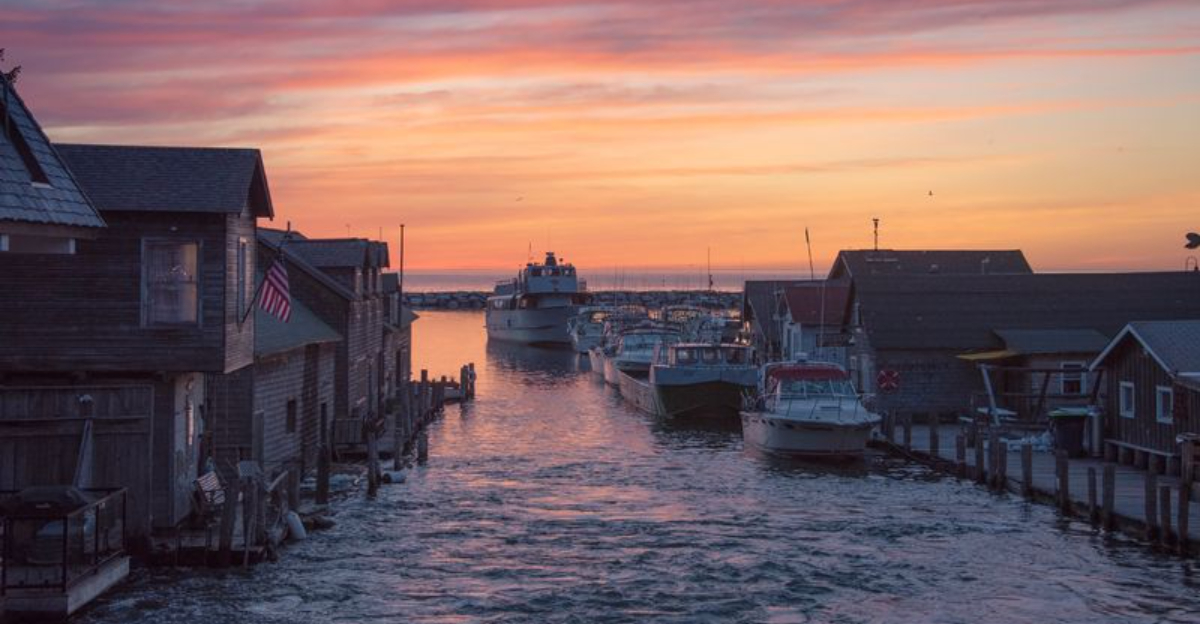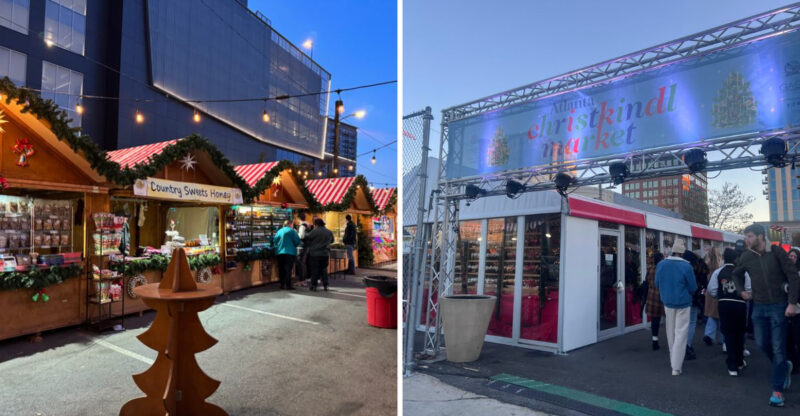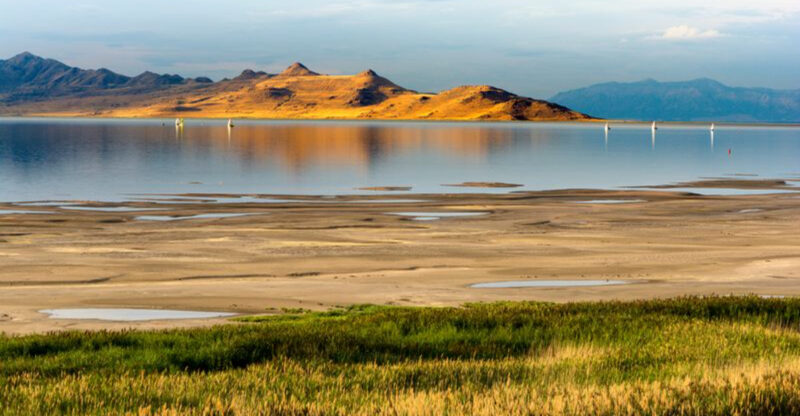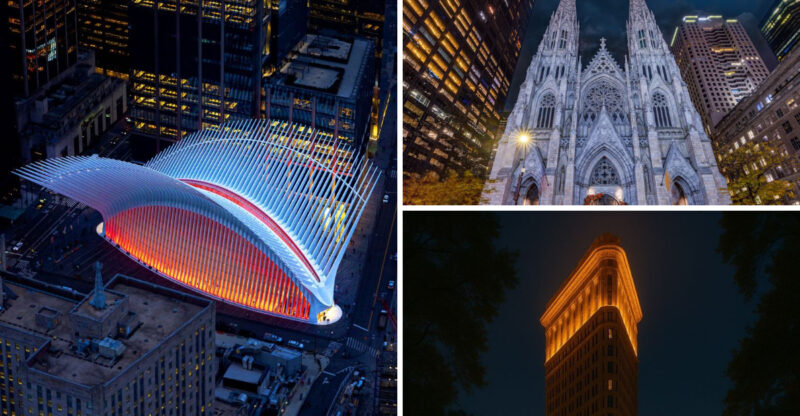15 Michigan Lake Towns Overrun By Visitors, Locals Say

Michigan’s stunning lake towns have always been a summer escape for families seeking sandy beaches and charming downtown streets. But lately, something has shifted.
The quiet villages that locals once called home are now packed with tourists year-round, and the crowds are changing everything from housing costs to daily routines. Here are Michigan lake towns where visitors have become a double-edged sword for the people who live there.
1. Traverse City
Cherry orchards and waterfront views once defined this northern Michigan gem, but now vacation rentals dominate the housing market. Locals report that finding affordable places to live has become nearly impossible as property owners convert homes into short-term lodging.
Summer brings bumper-to-bumper traffic along main roads, turning quick errands into hour-long adventures. Infrastructure struggles to keep pace with visitor demands, leaving year-round residents feeling squeezed out of their own community.
2. Mackinac Island
Horse hooves clattering on pavement used to signal a peaceful island getaway, but record-breaking visitor numbers have changed the vibe entirely. Streets that once felt spacious now overflow with foot traffic, making simple walks feel like navigating a theme park.
Local businesses face the challenge of serving massive crowds while maintaining quality and character. Many island residents say the charm that drew people here in the first place is slowly fading under the weight of tourism.
3. Saugatuck
Recognized as one of America’s best coastal small towns, Saugatuck’s success has become its biggest problem. Art galleries and boutique shops line streets that now see constant visitor traffic throughout the warmer months.
The small-town atmosphere that earned national recognition is harder to find when parking becomes a competitive sport. Residents mention that weekend getaways for tourists often mean headaches for those trying to run daily errands or simply enjoy their hometown.
4. Holland
Tulip Time brings over a million visitors to this Dutch-themed community, transforming quiet neighborhoods into gridlocked zones for weeks. What started as a celebration of heritage has grown into a commercial spectacle that overwhelms local infrastructure.
Year-round residents often leave town during the festival just to avoid the chaos. The event generates revenue but raises questions about whether the economic boost justifies the disruption to everyday life for families living here.
5. Grand Haven
That iconic red lighthouse draws photographers and beachgoers by the thousands, creating pressure on a town built for far fewer people. Beach closures have occurred when systems become overwhelmed, frustrating both visitors and locals alike.
Property taxes have climbed as the town invests in infrastructure to meet tourist expectations. Residents appreciate the economic benefits but wonder if their community is losing its identity in the process of becoming a vacation destination.
6. Charlevoix
Sandwiched between two beautiful lakes, Charlevoix has become a magnet for wealthy vacationers and second-home owners. The influx has driven up living costs, making it tough for working families and young people to stay in town.
Downtown streets buzz with activity during peak months, but many storefronts now cater exclusively to tourists rather than local needs. Long-time residents express concern that their hometown is slowly transforming into a playground for outsiders.
7. Petoskey
Famous for its fossilized stones and Victorian charm, Petoskey has seen visitor numbers surge in recent years. The Gaslight District, once a quiet shopping area for locals, now teems with out-of-town shoppers and diners throughout the summer.
Housing has become increasingly expensive as vacation rentals multiply, pushing out year-round workers. Locals appreciate the economic vitality but miss the days when they could easily find parking or grab a table at their favorite restaurant.
8. Ludington
This lakeside town serves as a ferry terminal and beach destination, attracting steady streams of visitors heading to Wisconsin or simply enjoying the shoreline. Summer weekends bring traffic jams near the waterfront, turning peaceful beach access into a competitive hunt for spots.
Local restaurants and shops depend on tourist dollars, yet residents say the constant influx strains resources and changes the town’s relaxed character. Balancing hospitality with hometown needs remains an ongoing challenge.
9. South Haven
South Haven’s beaches and blueberry farms have made it a popular summer escape for Chicago-area families. The town’s proximity to major cities means weekend invasions that overwhelm parking, restaurants, and beach facilities.
Property values have soared, making homeownership difficult for people who work in town year-round. While tourism fuels the economy, locals worry about losing the community feel that made South Haven special in the first place.
10. Frankfort
Nestled along Crystal Lake and Lake Michigan, Frankfort offers stunning water views that attract visitors seeking quieter alternatives to busier resort towns. But as word spreads, the town’s peaceful reputation is becoming harder to maintain.
Summer brings packed beaches and restaurants, leaving residents competing for space in their own community. Housing costs have climbed steadily, and locals express concern that Frankfort could lose its laid-back charm to tourism pressures.
11. St. Joseph
Perched on a bluff overlooking Lake Michigan, St. Joseph has become a weekend hotspot for visitors from nearby urban areas. The town’s beaches and downtown shops see heavy foot traffic during warmer months, straining local resources.
Parking shortages and crowded beaches have become common complaints among year-round residents. While the tourism economy provides jobs, many locals feel their hometown is slowly transforming into a destination that prioritizes visitors over community members.
12. Leland
Fishtown, with its weathered docks and historic shanties, draws photographers and tourists eager for an authentic lakeside experience. What was once a working fishing village now feels more like an outdoor museum during peak season.
The tiny downtown gets overwhelmed with visitors, making it difficult for locals to enjoy the waterfront. Residents appreciate the attention but worry that commercialization could erase the genuine character that makes Leland worth visiting.
13. Beaver Island
Accessible only by ferry or plane, Beaver Island once offered true isolation and peace for its small year-round population. Tourism has increased steadily, bringing more visitors to this remote spot than infrastructure was designed to handle.
Locals mention that summer crowds strain limited resources like grocery stores and gas stations. The island’s appeal lies in its remoteness, but growing visitor numbers threaten to change the quiet lifestyle that residents cherish.
14. Douglas
Often overshadowed by neighboring Saugatuck, Douglas has its own charm with waterfront dining and small-town streets. But as Saugatuck becomes more crowded, visitors have discovered Douglas as an overflow destination, bringing similar tourism pressures.
Housing costs have risen alongside increased interest from vacationers and second-home buyers. Residents appreciate the economic activity but worry about maintaining affordability and the close-knit community feel that defines Douglas.
15. Manistee
Victorian architecture and a working waterfront give Manistee a unique character, but growing tourism has put pressure on this historic town. Summer brings boaters, beachgoers, and festival crowds that fill streets designed for a much smaller population.
Locals report increased difficulty finding affordable housing as vacation rentals become more common. While tourism dollars support local businesses, residents wonder if Manistee can preserve its authentic character while welcoming ever-larger visitor numbers.






